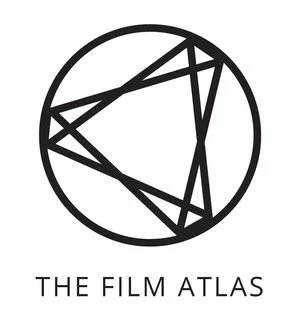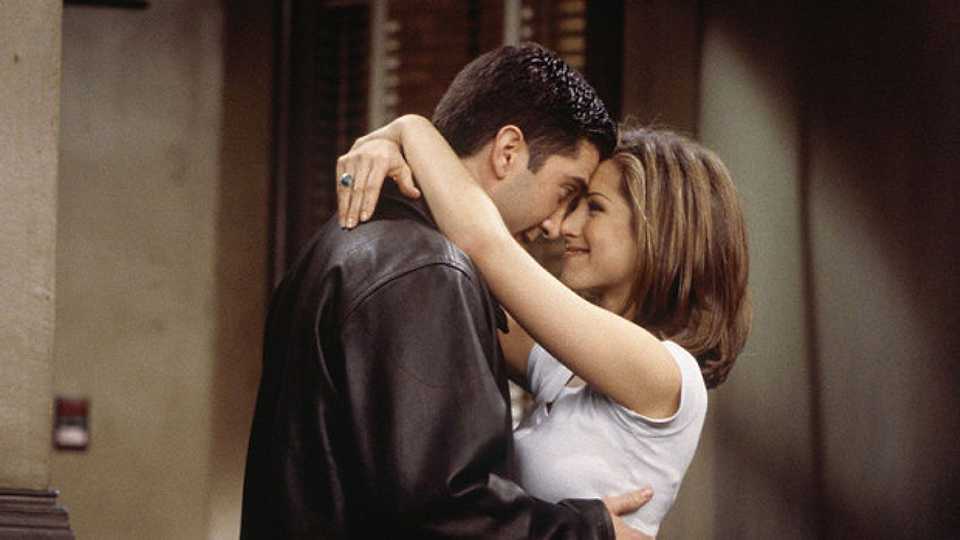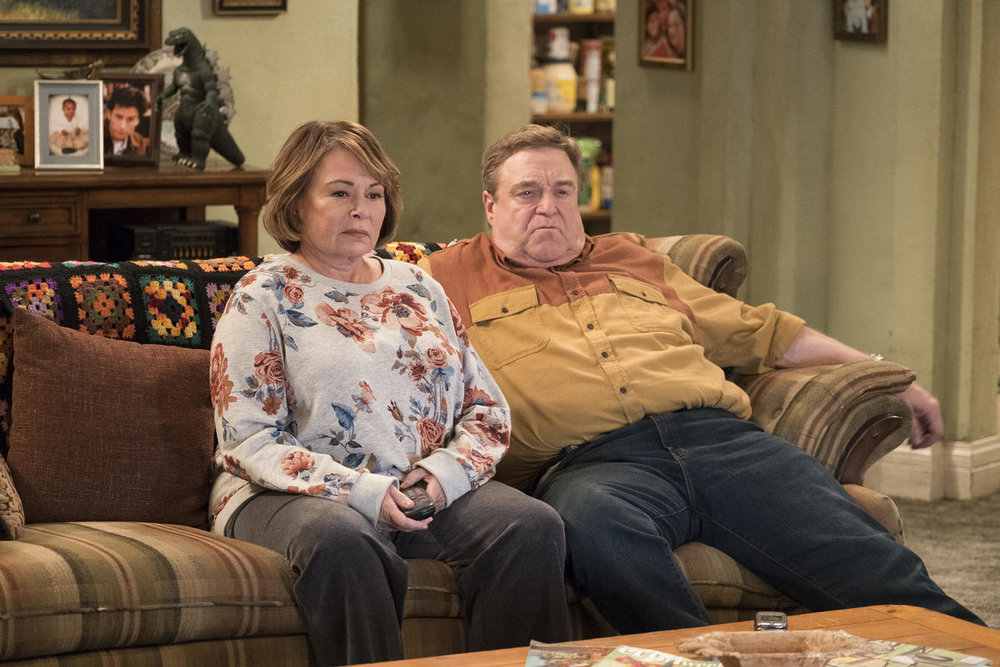“TIME’S UP”: 30 Years of Equity?
A Reflection on Inclusivity in the Film Industry
By Jeff Melvin | 11.03.2019
Micaela Dixon. 2018. Film.
Over the past few years, equity issues in Hollywood have garnered a lot of attention. Harvey Weinstein, a known predator, was finally exposed. He was charged, tried, and convicted in a court presided over by the public and global media. On a smaller scale, you get a guy like Aziz Ansari. Ansari is the creator and writer of Master of None, a progressive and sympathetic television series that catches so many pressing issues. In the show, he plays an actor who at one point turns down a major job because his potential employer is a predatory abuser. One might think: how loveable, how genuine! But no. Ansari himself has been revealed to have crossed the line and carried out inappropriate, misogynistic acts against women.
The issues of inequity facing Hollywood spurred the TIME’S UP movement and promoted a huge step forward in women calling out men for their relentless abuses of power. This is by no means a new phenomenon, but a movement that might finally make it easier for women to stand up for their wellbeing without reprisal.
In 2016 we saw the #OscarsSoWhite movement, which called out the Academy for ignoring the many award-worthy actors and directors of colour who were left out of the ceremony. This too sparked a greater conversation about the politics of opportunity in the film industry. As a result, the 2017 and 2018 Oscars had a record number of black nominees in acting categories. Which opens up another issue: Why does the public only care about how many black actors and directors are recognized with nominations? Why not look to all the award categories to encourage diversity?
Amongst these controversies, I’ve been trying to reconcile the prejudice that minorities have experienced in the film industry with the great inclusivity that the arts also allow for. I’ve been looking for some perspective on the great possibilities of the film business in terms of fairness to LGBTQ+, religion, race, and gender. While recognizing how it has failed so many groups, I was also reminded of the industry’s strides and the positive examples that have been set by people like the women leading the TIME’S UP movement. The film business is a political one. It is an industry where, collectively, much has been done in an attempt to right social wrongs on screen and in production. Despite its many flaws, I had always thought the American and international entertainment industries had done a better job at working towards equality than most other industries. Recognizing black actors, for example, required that the industry acknowledge their previous missteps and commit to forging new paths by refusing processes that bowed to convention.
When I entered the industry in Canada in 1983, I found a wide open workplace that was diverse and accepting. My colleagues didn’t dwell on difference. No one gave a shit. Punk was big then so there was a lot of pink hair, harsh makeup, piercings, and tattoos. People could present themselves however they wanted. It was all good, no one cared. I remember a punked out director who went so far as to wear a diaper to work. He loved to get a reaction, but we hardly noticed. Try that at a law firm.
Nevertheless, in Toronto too, there were a lot of actors who abused their position and were noticeably inappropriate in the workplace. And until quite recently, a blind eye was turned to such behaviour and victims were made to deal with harassment quietly, without resolution. Everyone wanted to keep their jobs and people were afraid to rock the boat. Complaining about an actor in a principal role was always going to end up with a “he said she said” situation where the anonymous technician would lose. This was because the rational at that time was that losing a cast member would cause a string of scheduling and budgetary problems: production would have to fire the actor, recast, and reshoot. But in today’s world, thanks to brave individuals in the film industry, these routines are changing. In Toronto and elsewhere, I would think the actors and producers are now shit scared of what they say and how they are perceived and are policing themselves maximally. These changes would represent a big win for the TIME’S UP movement and other survivors of violence as well.
Unfortunately, however, the statistics don’t back up the positive impression I’ve taken on the industry. In a 2016 study, USC professor Stacy L. Smith found that “only 28.3% of all speaking characters across 414 film, television, and digital episodes in 2014 and 2015 were from underrepresented racial or ethnic groups” (USC 2016). These figures sit roughly 10% below the American population average of 37.9% (USC 2016).
In her study, Smith graded companies based on both their on and off screen inclusion of underrepresented groups. Not a single film distributor in the sample was given a passing grade on inclusion according to Smith’s index. The report took a top-down approach, assessing who was given the power to make decisions on representation in American entertainment companies to begin with. Smith found that women were continually underrepresented in executive positions, on corporate boards, and on management teams (Smith 2016). “No one has looked from CEO to every speaking character across film, television and digital content,” Smith said, “The results speak to the landscape of media and the erasure of different groups on screen and behind the camera” (USC 2016).
A question remains: Will the MeToo and TIME’S UP movements be the very platforms to adjust these poor figures? I have no problem with everyone tip-toeing around, worrying about being politically correct. People should be careful about what they say and how they act. Artistic temperament was always just an excuse for bad behaviour. If someone is being an asshole, they probably are an asshole.
Months ago, I started working on an 80 million dollar feature film in Toronto. Let’s check out the crew list from the summer of 2018 and see how things look. Call this the live reporting portion of the article. Here we go:
Page one of the crew list reveals 6 producers, 1 a woman, who is the top producer. The director is Argentinian. There are 7 production staff, 2 men to 5 women, diverse ethnicities. Accounting is 6 men to 2 women. The top 6 positions in the Art Department are white men, followed by a 1:1 men-woman balance for the others. Assistant Directors are 1:1. The Camera Department is made up of 10 men, with no diversity. I find this disparity to be surprising since there are typically a lot of women in this category. Casting is 1:1. Construction is all male in the top ten positions except the Construction Accountant. Costume Department members are all women except the department head. Makeup and Hair are fairly balanced departments, but definitely leaning female. Grip Department is 11:1 men to women. The Lighting Department is 10:2 men to women. Set Decoration is 1:1, very diverse. Props are 3:1 men to women. Sound department: male; SPFX: male; Stunts: male; Transport: male.
The above scan through the crew list reveals that, unfortunately, traditional male and female roles have remained fairly intact in the film industry. This brief exposition goes against my feeling that equity has continued to progress over my 30+ years in the film industry and successfully refutes my previous supposition that entertainment is unlike other businesses. From here one can hope, and take action to ensure, that the school of thought that embraces diversity over convention is growing.
Men still drive trucks and haul gear and women still hold down the office, but sprinkled through every department is an example of where we are headed. My best rigger is an Asian woman. The top lighting board operator in the district is a woman. I’ve recently finished a film with a super designer: a woman. Each of the technical departments seems to be becoming quite diverse. Call it what you will, I call it a good feeling.
Jeff Melvin is a set decorator living and working in Toronto, Canada. In 2018, Melvin was honoured with an Academy Award for his work on Guillermo del Toro’s The Shape of Water (2017).
Also Read
Click here for works cited in ““TIME’S UP”: 30 Years of Equity?A Reflection on Inclusivity in the Film Industry”



